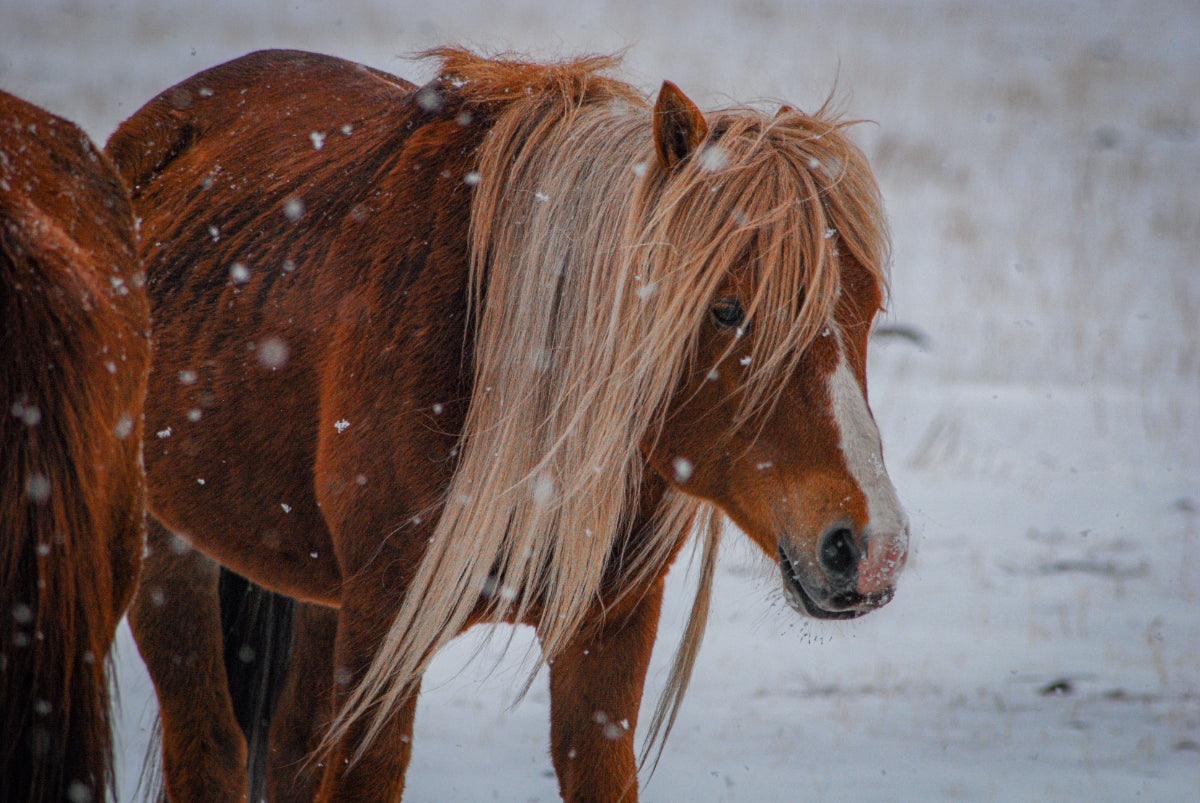Every time you play your instrument, you tighten the hair on your bow. Many do this automatically, without considerable deliberation. The hair on your bow may be the aspect of your instrumental setup that requires the most maintenance. Although, how often you rehair your bow is dependent on the amount of time you spend playing your instrument, LIVS advises that you rehair your bow every 6 months.
The hair on your bow originates from the tail of a horse. Quality hair will come from horses who lived in colder climates, including Mongolia and Siberia. Horses who reside in these environments have thicker, stronger hair than horses who reside in warmer climates. Having strong hair is necessary, so the bow hair will last for a long time. The hair is typically harvested post mortem.
After the hair is harvested from the horse, it will go through a process known as being dressed. The horse hair will be carefully combed, cleaned, and sorted by length and quality. Flawed hairs with knots, kinks and split ends are removed and repurposed. Eventually, all that is left is organized, clean, high-quality hair. This gets sent to luthiers, who will perform the bow rehairs.
When to rehair a violin bow?
There are a few ways to tell if your bow is in need of a rehair. One sign that it's time to rehair your bow is if the hair near the frog is extremely discolored. If you have a large dark brown spot near the frog, it is a result of oil depositing from your hand to the hair. After an extended period of time, the hair becomes very dirty, and the color alters.
Another way to determine if your bow requires a rehair is if you notice the hair is not gripping the string like it used to. It is important to note that several factors can contribute to this sensation. High humidity, not enough rosin, and warmer environmental temperatures can all lead to the bow not adhering to the string properly. However, if some time has elapsed since your last bow rehair, these other factors are only exaggerating the base issue.
Additionally, bow rehairs are needed when your bow hair becomes stretched out. This is inevitable, due to the constant tightening and loosening of the screw. One way to test if your bow hair is stretched out is to tighten the screw to your regular level of tightness, and place the bow onto the string. If you can easily press the hair down onto the string, with an unexpected level of ease, this may be a sign that the bow hair has become too stretched out, and you should take the bow in to get rehaired.
If you are ever unsure if your bow is in need of a rehair, bring it into one of our three locations, either in Huntington, NY, Smithtown, NY, or East Setauket, NY, so one of our string instrument experts can examine your bow and determine the best course of action.
Benefits of Receiving a Bow Rehair
When you receive your bow back from a luthier, post rehair, it will likely feel strange. The bow may have come with no rosin applied, preventing it from making a sound. With new hair, there is a ‘break in’ period of roughly one week. After this, playing on the bow becomes much more comfortable and enjoyable.
Practicing proper instrument maintenance is the best way to keep your instrument looking and sounding its best. At LIVS, our experts are here to help you as well as perform the required maintenance and repairs.
Article written by Erica Garcia



Leave a comment